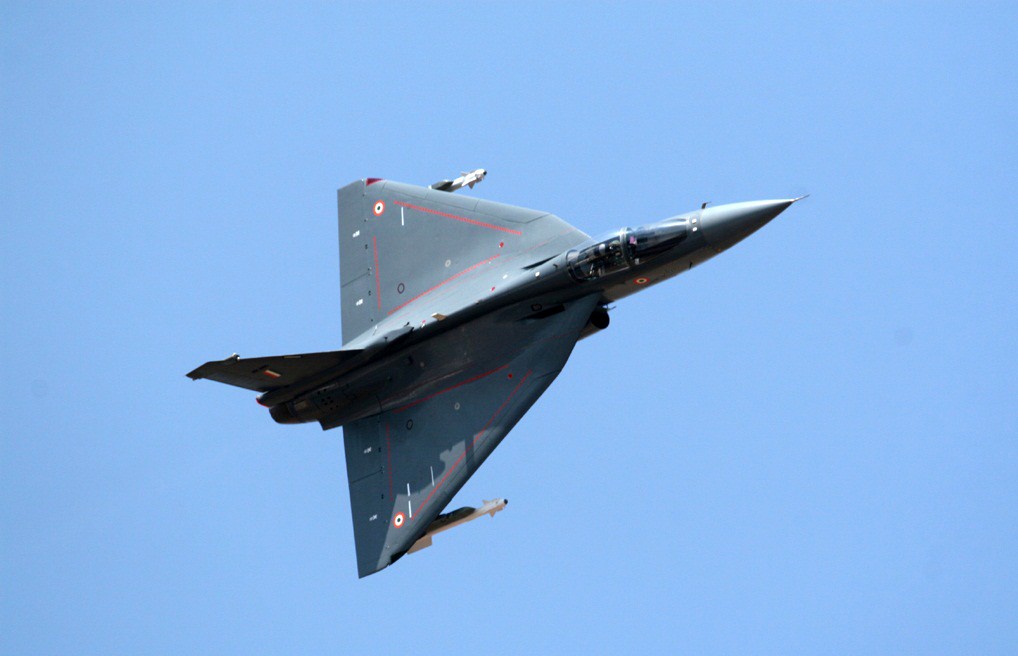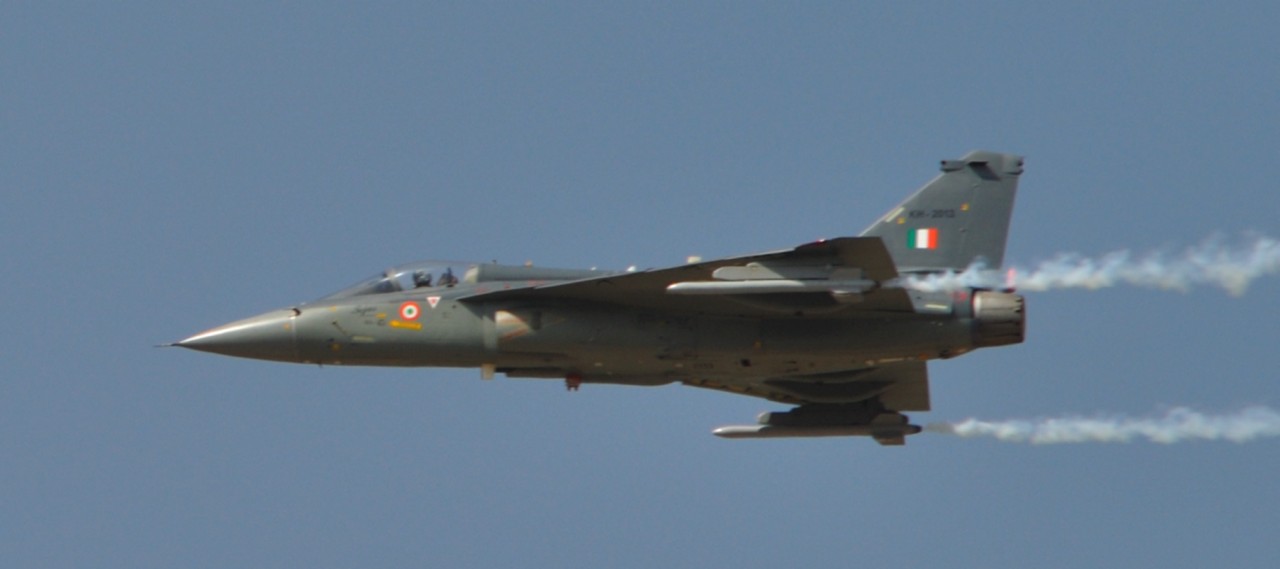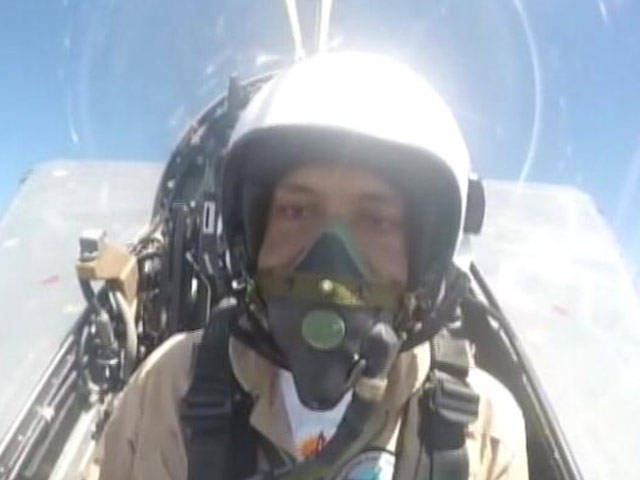It isn’t an aircraft that will redefine the rules of air-warfare. However, the Tejas LCA (Light Combat Aircraft) is far better as a package, than merely being a safer and reliable replacement for the aging Mig-21. Sure it spent almost 33 years inside a womb, but now that it has come out, it isn’t late. It’s just a late bloomer whose umbilical cord is still connected to the National Flight Test Center in Bangalore. As even after its formal induction into the IAF, a team of test pilots and flight engineers continue to fine tune and refine the Tejas’ capabilities. Make no mistake, this isn’t a result of the product being unfinished or obsolete-on-arrival. They’ve been doing it to make this homegrown bird fly better, faster and smarter.
Like one of us boys who live in a man’s body, NDTV’s Vishnu Som too is fascinated by fighter planes. He’s flown with the IAF during the Kargil War, and has taken off the deck of the Virat in the very unique ‘Sea Harrier’. Desperately wanting to fly on the Tejas, his luck flew higher this time too. Taking off from Bangalore, his stint inside the aircraft starts with a 5.6G maneuver, and after coming back, this is what the journalist had to say about the jet.

“With a singularly intuitive cockpit layout, custom-designed by test pilots and engineers for a specifically Indian requirement, the jet handles safely in the skies with an ease that has to be seen (or rather, felt) to be believed. The reason for this is another Indian solution: the digital flight control computer which is the heart of the fighter, a system without which the Tejas would not be able to get off the ground. Designed painstakingly over decades by software engineers, the flight control system on the Tejas is the electronic link between the pilot and the aircraft. Every control input by the pilots is electronically transmitted to the control surfaces of the jet to give the fighter the ability to maneuver sharply and safely in whatever conditions the jet may be operating in. In non-geek speak, after decades in development, the software on the Tejas is talking so effectively with the hardware that the ground has been laid for the development of India’s next fighter aircraft – a jet called the AMCA or Advanced Medium Combat Aircraft.”

Click to know how the IAF’s Tejas LCA Mark-1 fares against Pakistan’s JF-17
The government has ordered 83 Tejas Mark 1A fighters at a cost of close to 50,000 crore rupees. To speed things up, the agencies developing the fighter have been given the green signal to develop the Tejas Mark-2, an improved variant of the fighter with a new engine, a lengthened fuselage and the ability to carry more weaponry.
With inputs from NDTV



